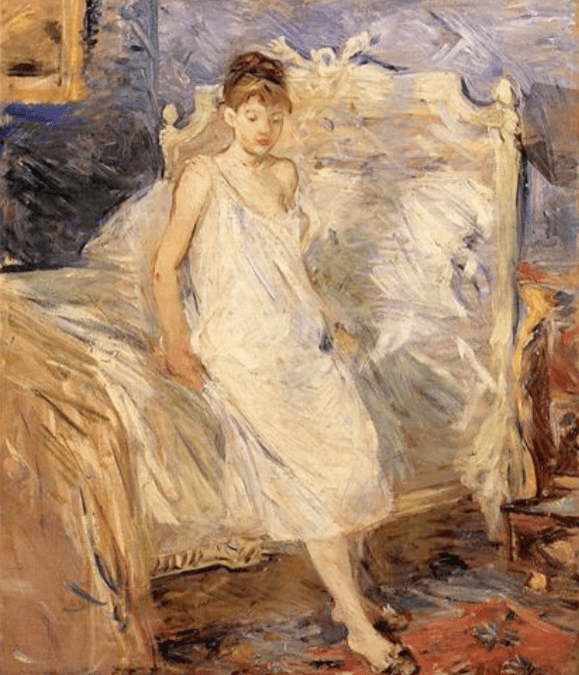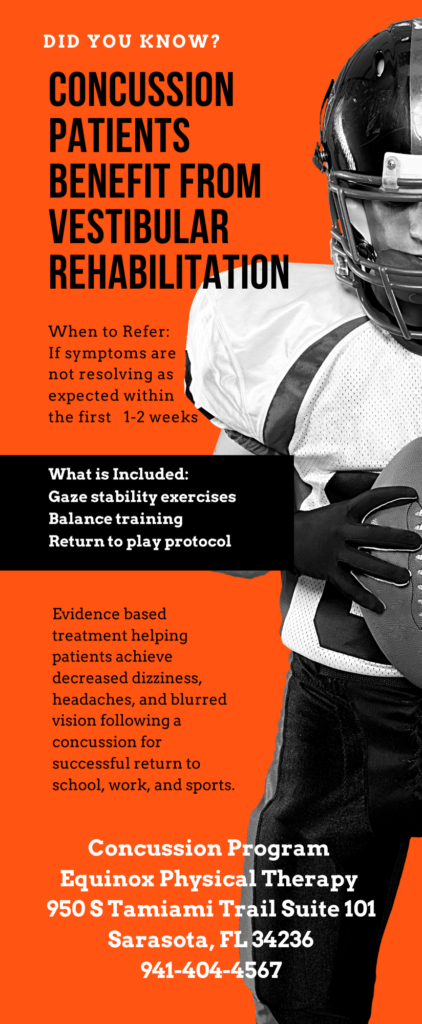Orthostatic hypotension is a condition that causes dizziness when a person changes position, for example when getting out of bed in the morning, or when standing up from a chair.
I test for this condition with my physical therapy patients in Sarasota, Florida who complain of dizziness when changing positions, because not all dizziness is caused by inner ear problems! The symptoms of orthostatic hypotension are similar in some ways to an inner ear condition called Benign Paroxysmal Positional Vertigo that can also cause dizziness with positional changes, however, the treatments for these two problems are very different.
What happens with
orthostatic hypotension?
Orthostatic hypotension is not an inner ear problem. It is caused by dropping
blood pressure. When the person sits up, or stands up, the blood drops from
their head, and until the body readjusts, the person feels lightheaded and
dizzy. If the body doesn’t adjust fast enough, the person could pass out.
What are some factors
that could cause orthostatic hypotension?
Dehydration
Low sodium in the body
Poor vascular circulation in the legs
Over medication with cardiac meds meant to control high blood pressure
How is it tested?
The person’s blood pressure is taken first when lying on their back in bed.
Then the blood pressure is taken when they first sit up at the edge of the bed.
Then the blood pressure is taken when they first stand up.
If the blood pressure drops more than 20 mm Hg from one position to the next, then
the test is positive.
What can be done to
correct orthostatic hypotension?
• A physician should review your medications, especially if you are taking
cardiac medications, as they may need to be held or adjusted.
• Sometimes this condition is caused by dehydration, so drinking water is very
important!
• Sometimes patients are deficient in sodium, and their body is not retaining
the fluids it needs to have good fluid volume.
• Sometimes the vascular vessels in the legs loose their elasticity, and
wearing compression stockings can help prevent this shift of blood to the legs
when changing positions.
Speak to your physician if you suspect orthostatic hypotension could be causing your dizziness. This is a problem that can usually be corrected.
Painting: Getting Up, by Berthe Morisot 1886




